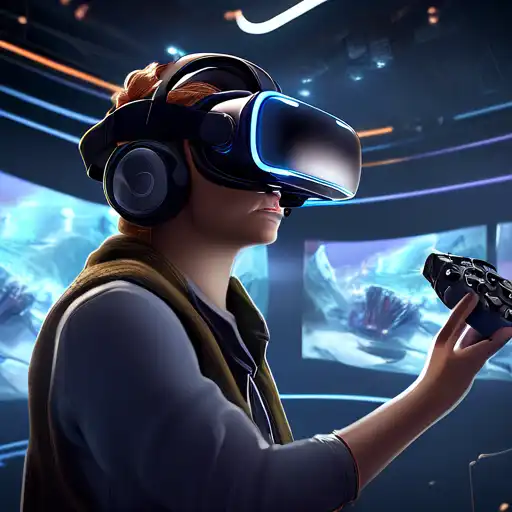Understanding the Complexities of VR Content Development
Virtual Reality (VR) has emerged as a groundbreaking technology, offering immersive experiences that were once the stuff of science fiction. However, developing content for VR presents a unique set of challenges that creators must navigate to deliver compelling and engaging experiences.
Technical Limitations and Hardware Diversity
One of the primary hurdles in VR content development is the vast array of hardware available. From high-end PC-connected headsets to standalone mobile devices, each platform has its own specifications and limitations. Developers must optimize their content to perform seamlessly across this diverse ecosystem, often requiring significant adjustments to graphics, processing power, and user interface design.
User Experience and Motion Sickness
Creating a comfortable and enjoyable user experience is paramount in VR. Motion sickness, caused by discrepancies between visual movement and physical stillness, is a common issue. Developers must carefully design movement mechanics and environments to minimize discomfort, which can limit creative freedom and require innovative solutions.
High Production Costs
The cost of producing VR content is significantly higher than traditional media. High-quality 360-degree videos, detailed 3D models, and interactive elements require specialized skills and equipment. This financial barrier can deter small studios and independent creators from entering the VR space.
Content Length and Engagement
VR experiences are often shorter than traditional games or films, partly due to the intensity of the medium and the physical limitations of users. Keeping players engaged without causing fatigue is a delicate balance that requires careful pacing and content design.
Future Prospects and Solutions
Despite these challenges, the future of VR content is bright. Advances in technology are gradually lowering production costs and improving hardware compatibility. Moreover, the growing community of VR enthusiasts and developers is fostering a collaborative environment for sharing solutions and best practices.
For those interested in exploring the potential of VR, understanding these challenges is the first step toward creating innovative and immersive experiences. As the technology evolves, so too will the opportunities for creators to push the boundaries of what's possible in virtual reality.
Discover more about the latest in technology trends and how they're shaping the future of digital media.
